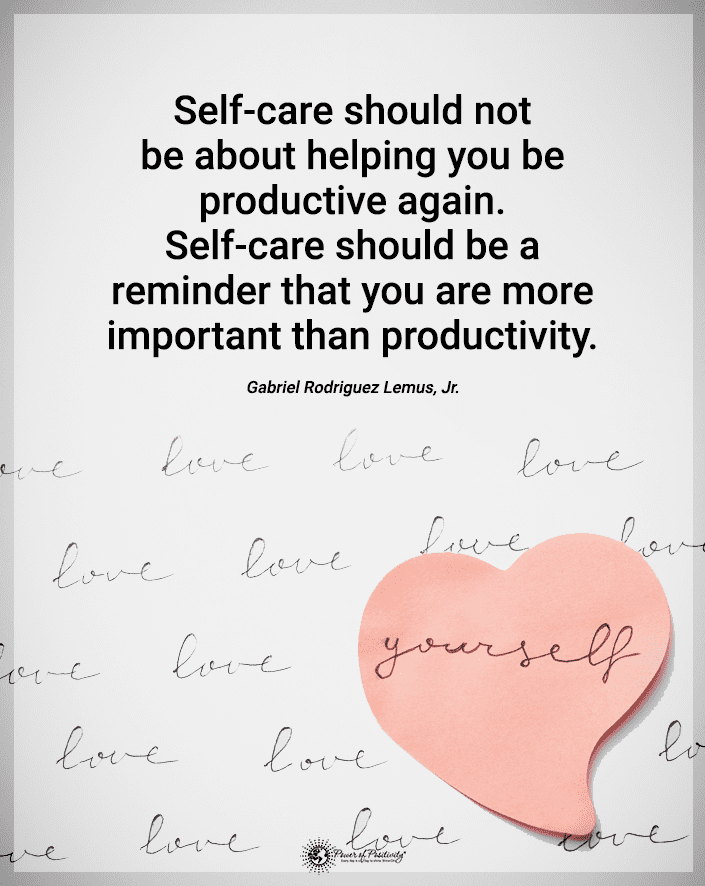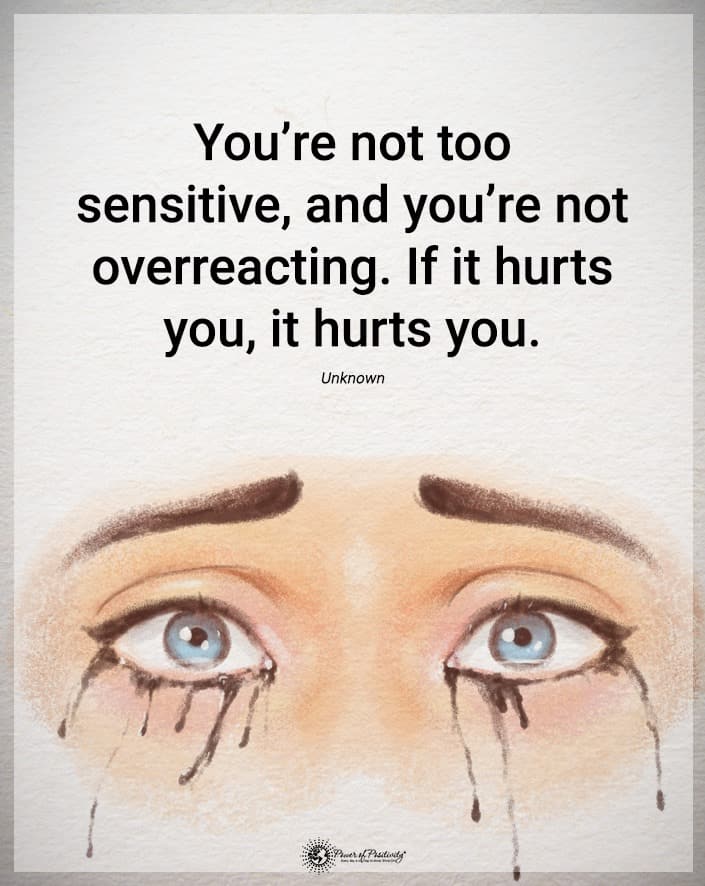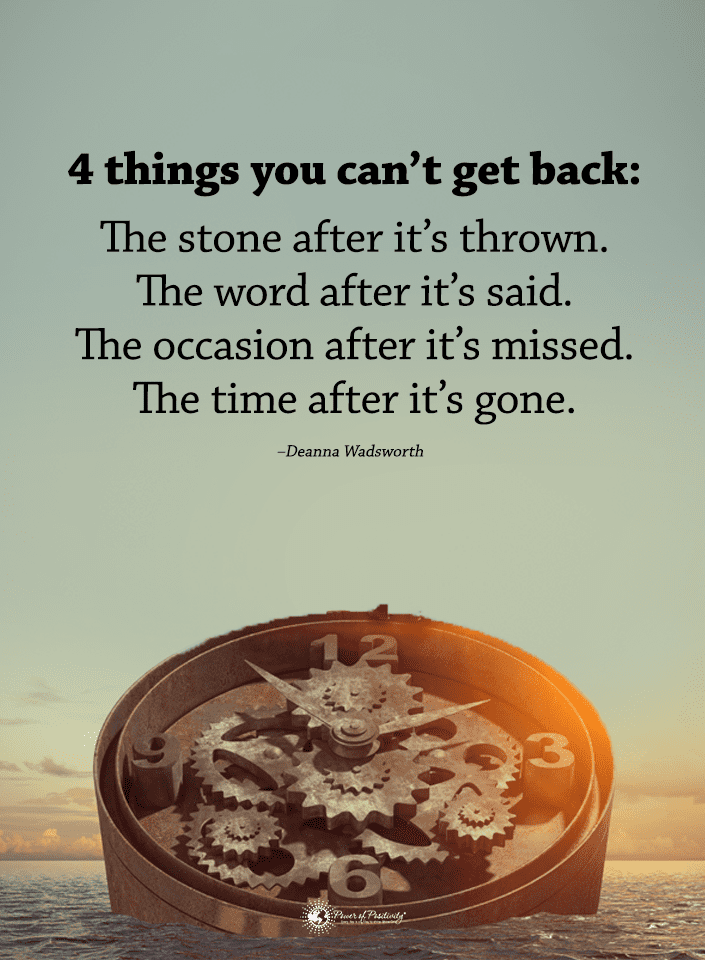Throughout his life, B.B. King released over 50 albums and was considered the “king of the blues” for more than six decades. He influenced countless musicians with his staccato guitar-picking style and smooth, yet powerful voice, and though he passed away just yesterday, his legacy will never be forgotten.
He won 15 GRAMMY Awards® throughout his career as a blues musician and made an everlasting mark on the music industry, as well as the lives of people he touched through his songs. We can learn valuable lessons from all those who have come before us, including the legendary B.B. King.
Here are some of his most memorable quotes and lessons he taught us:
1. “The beautiful thing about learning is nobody can take it away from you.”
He learned the fundamentals of blues from his cousin, Bukka White, and once he mastered the art of blues, he put his own unique spin on blues music. He taught us that it’s important to learn from others, but also to stay true to your heart and express what you’ve learned in your own special way.
2. “We all have idols. Play like anyone you care about, but try to be yourself while you’re doing it.”
Yet again, he showed us that you can share a talent with many others in the world, but to honor yourself and never stray from what feels right in your own heart. Never sacrifice your individuality for fortune or fame – those come as a byproduct of simply being yourself.
3. “I don’t think it’s meant for man to know everything at once.”
4. “Growing up, I was taught that a man has to defend his family. When the wolf is trying to get in, you gotta stand in the doorway. He has to get through you first before he gets into the house to get your family. I’m one of those guys who wants to be in that door.”
A very poignant quote from the blues icon himself, he showed us that above all, we must protect those we love, and stand by them no matter what comes knocking at the door.
5. While he didn’t say this directly, he taught us to never give up and never get complacent even when we’ve reached our goals. He remained on tour well into his 80s, showing us that when you truly love something and feel it deep within your bones, it becomes a part of you that you can’t ever give up.
6. Any time that people think enough of you to put up something that’s everlasting is only going to make you feel good.”
7. “I don’t think anybody steals anything; all of us borrow.”
He knew that all of us come to Earth with nothing, and leave with nothing. Therefore, we all share the resources we have during our time here; even if it’s not a popular viewpoint, he expressed it openly and honestly anyway, making him even more memorable as a blues artist.
8. “I never wanted to be like other blues singers. I might like hearing them play, but I’ve never wanted to be anyone other than myself. There are a few people I’ve wished I could play like, but when I tried, it didn’t work.”
9. “If there was no ladies, I wouldn’t wanna be on the planet. Ladies, friends, and music – without those three, I wouldn’t wanna be here.”
10. “I never use that word – retire.”
11. “There are so many sounds I still want to make, so many things I haven’t yet done.”
He showed us to never let your excitement and desire for life fade away; always find something to stay passionate about, and do things that make you feel thankful and honored to be here.
12. “You only live but once, and when your died your done, so let the good times roll.”
Though he may not have written these lyrics, he certainly lived them and showed us to take life by the horns and give our best effort at each new sunrise. He truly appreciated every day he spent on Earth, and we will always remember him for his contagious smiles, positive attitude, and willingness to live each day like it was his last.









